Many will think that account-based marketing only works when you’re targeting very large, enterprise accounts. But, in fact, ABM can work quite well for targeting small businesses. Google Chrome, for example, targets small and medium businesses (SMBs) with an ABM strategy that has resulted in much success, according to Masha Finkelstein, Growth Marketing, Devices and Mobility Lead for Google Cloud.
During her session at the 2019 B2B Marketing Exchange titled, Applying ABM Principles To Target SMBs, Finkelstein shared a variety of best practices and insights on how to take an ABM approach to SMBs, as well as the challenges that come with it. Finkelstein said that the company drove record numbers for event registrations for a virtual conference it was hosting, as well as reached millions of targeted buyers with top-of-funnel ad impressions through its website landing page by identifying target segments and developing relevant messaging for its audience.
“There are over 30 million SMBs in the U.S. as of last year, and there’s 18,000 enterprise businesses,” said Finkelstein. “When you go after SMBs versus enterprise, what does it really mean? Not all of them are going to be perfect customers for you. They’re just not. Here’s why: account-targeting capabilities are limited for SMBs if you talk to different vendors. What I mean by this is, for example, data enrichment, right? Smart forms. They will have mostly enterprise coverage but not that much SMB coverage. You’re going to have a lot of gaps in your data, and obviously, there are a lot of them. That’s a challenge.”
Finkelstein noted that Google Chrome targets small and medium businesses and has an average sales cycle of about six to 12 months “depending on the product.” She said the number of average decision makers per SMB is three to five. “For larger organizations, it’s 16, and sometimes goes up to 700 decision makers,” Finkelstein added. “This is an important point, because when you target three to five people or sometimes one in an SMB, it’s a very different story. And [in terms of] geotargeting, we mainly go after English-speaking [audiences], but sometimes we’ll localize some of the campaigns.”
Identifying Target Segments Within SMBs
When personalizing to target SMB accounts, it’s important to know that they have smaller buying committees. When going after enterprise accounts with traditional ABM tactics, Finkelstein said you may probably hit at least 10% to 15% of decision makers in those accounts. But with SMBs, you can’t miss that one person in the company that you’re trying to reach.
Google Chrome solved this personalization challenge by first understanding its primary SMB segments and by doing a market analysis and segmentation study. “We were working on some pilots with predictive scoring vendors and decided to engage the segments that we found from the research by using traditional ABM tactics,” noted Finkelstein.
It all boils down to account selection and figuring out who your target segments are within small and medium-sized businesses, she said. She continued to share the criteria she uses to select target accounts, which she also said applies to SMBs and target segments as well.
“First, you look at the fit,” said Finkelstein. “This is your predictive scoring; this is your historic data; these are your demographics and geo-targeting. You look for who’s showing intent signals, but how do you know, right? Not all the data is going to be available for SMBs, so you need to get creative. Intent can be shown when they come to your website, when they come to your event. It’s really a lot more behavior-based [when compared to] data-rich enterprises.”
Additional criteria Finkelstein noted include relationship (are they actually talking with you and responding to sales emails/ marketing nurtures?) and engagement (are they clicking on your ads and coming back to your events?).
Developing Campaign Messaging For Segments
According to Finkelstein, campaign messaging will vary based on who you’re going after in each segment. The online experience should differ for each of them.
“You can personalize your website,” she said. “But you don’t have to do it on a granular level like you would for enterprise accounts. You can really do it by segment. When someone from your segment comes to your website, show them the case study from someone who’s exactly like them. Maybe a competitor, maybe not. You can do vertical-based events, and even direct mail for these people. When you know who the decision makers are, you can do direct mail.”
Finkelstein said that once the Google team identified its target segments, their approach to campaigns changed. She highlighted a Chromebook loaner program called “Grab-and-Go Chromebooks,” where any organization can get Chromebooks for their employees.
“We did a campaign just for that program, but this year, we now know who our segments really are within the SMB space,” said Finkelstein. “We have user- and final-stage-centric campaigns. What that means is we have awareness campaigns for the users in this segment and then awareness campaigns for users in another segment, and then the consideration, evaluation and conversion campaigns. This allowed us to test multiple messages within the same campaign, within the same limited budget, believe it or not.”
Finkelstein highlighted a recent campaign, called “Cloud Workers,” which won a Killer Content Award at this year’s B2B Marketing Exchange. The campaign aimed to illustrate to IT how employees are accustomed to seamless, synced and secure tech experiences and how IT can match those experiences in the workplace to enable more employee productivity. Utilizing a mix of content, sessions at their Google Cloud Next event and support with targeted advertising, the team was able to reach millions of targeted buyers with ad impressions, engage hundreds of attendees at their in-person event and drive record-number registration for a subsequent virtual conference.
Additionally, Finkelstein shared a variety of different channels that have worked well for Google:
- Paid social-based search with Google Ads Customer Match. “I used this before I joined Google and I think it’s an underutilized feature for ABM,” she said.
- Webinars, email nurture and content syndication for evaluation-stage campaigns.
- Content syndication.
- LinkedIn and/or direct mail for consideration or conversion campaigns.
“Update your audiences on paid social and display campaigns — you can do this on even the ABM vendors,” added Finkelstein. “Once you know your segments and you start populating the content in those segments, get those contents into targeting, run some display ads with Terminus or Demandbase, and try LinkedIn Sponsored Ads and Customer Match.
“Then — this is very important — build out your inside sales function to support the same verticals and speak the same language as you do in your companies,” she continued. “For partner enablement, when we build a campaign for a specific segment, we always include this thing called ‘Campaign in a Box.’ It’s really low effort but it gets huge results. You just create a few ads without your own logo, so your partners could just take and use them. Give them HTML email templates and some materials that they could repurpose and promote for you. Happy partners equal more leads.”



